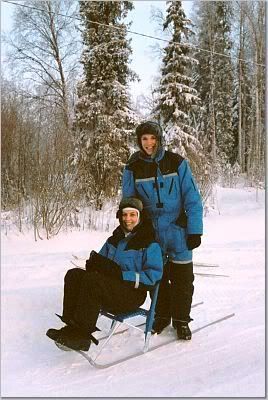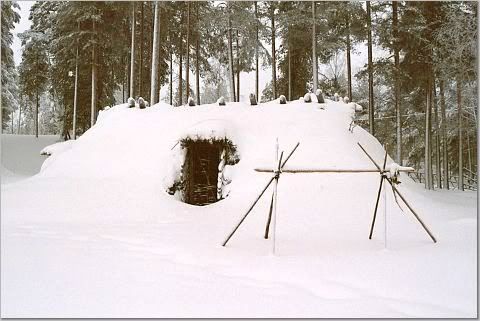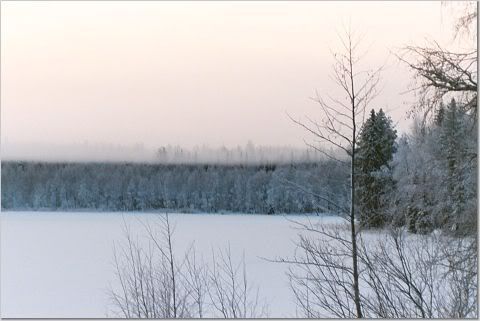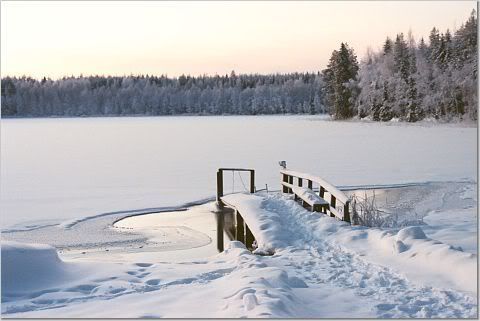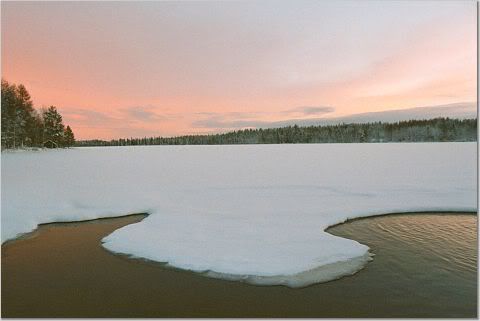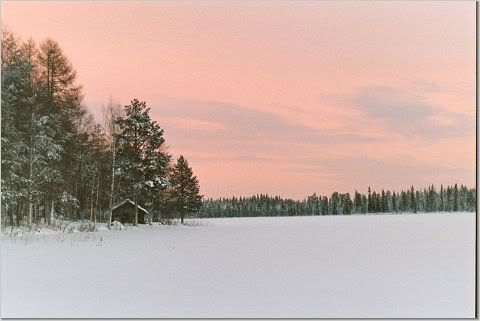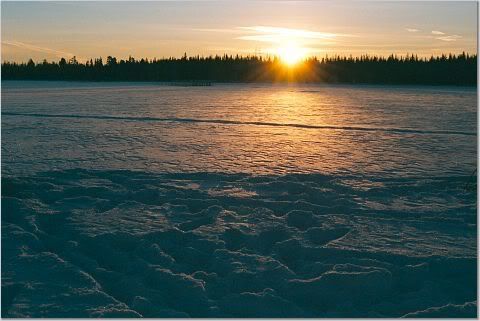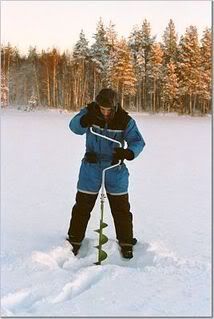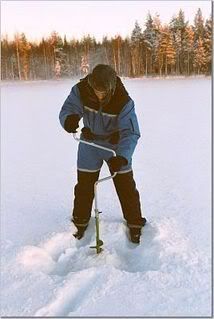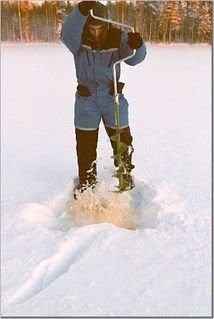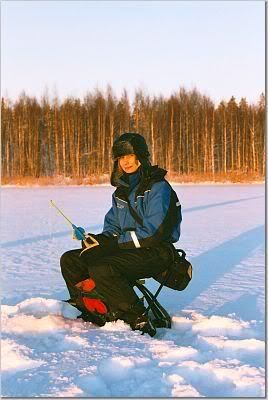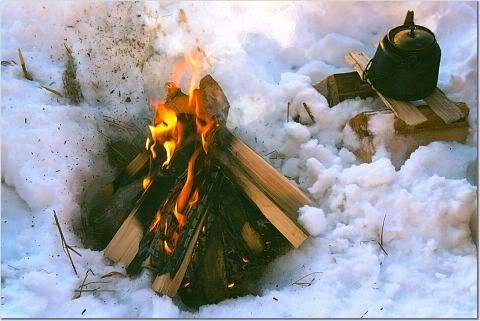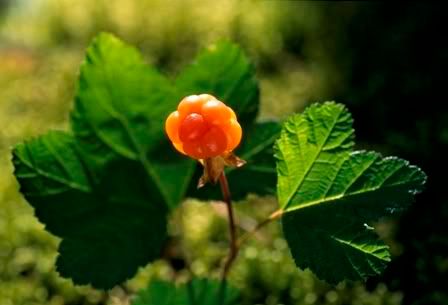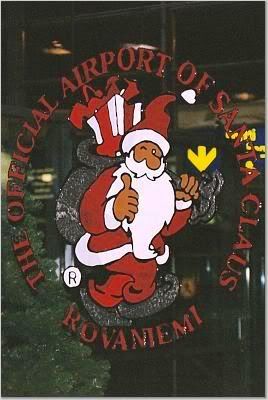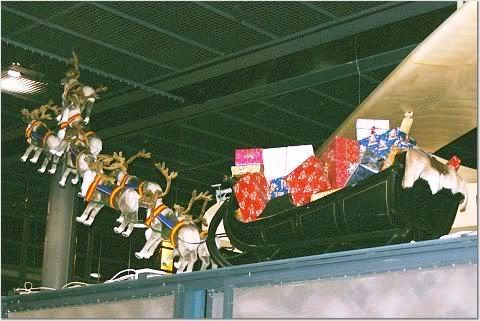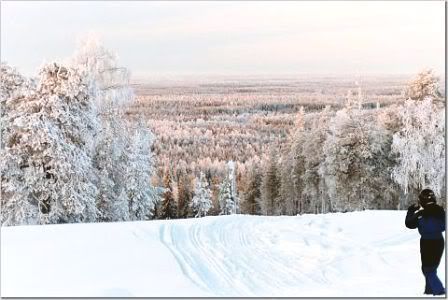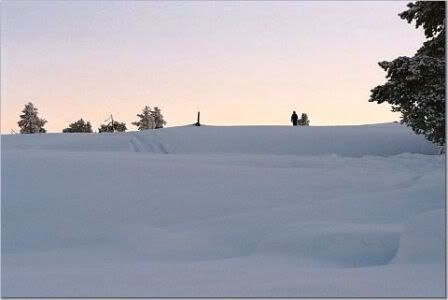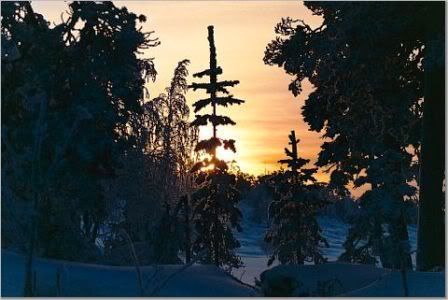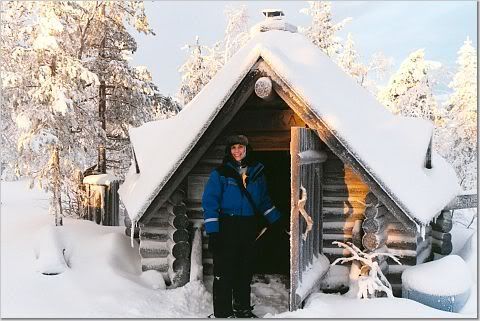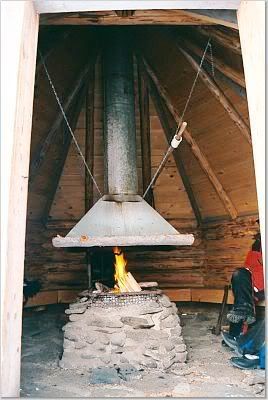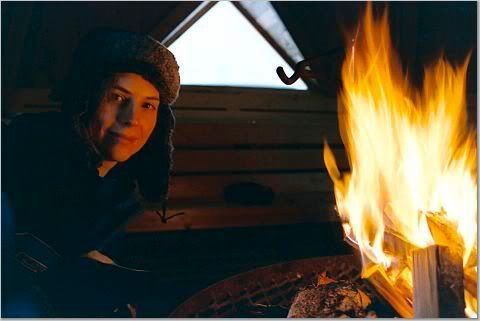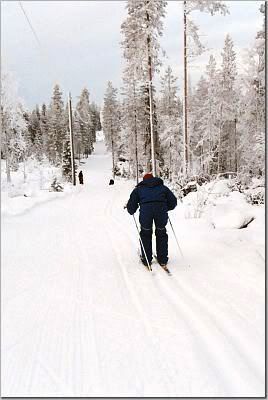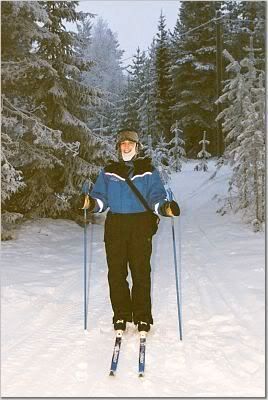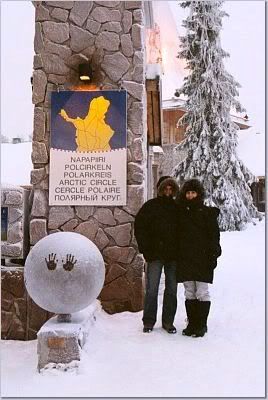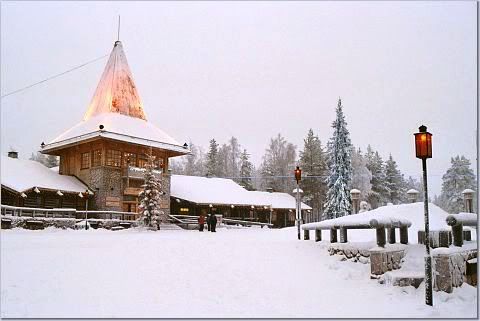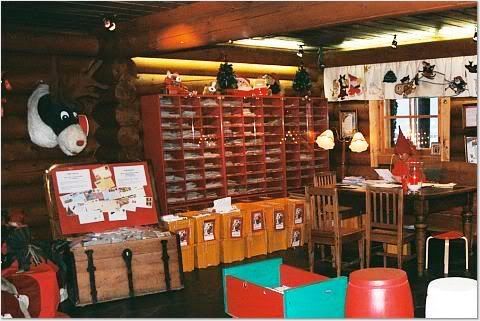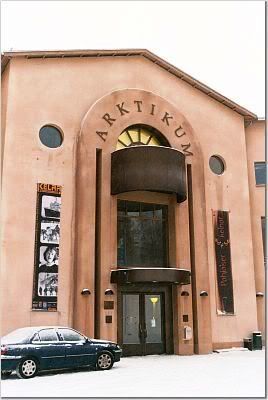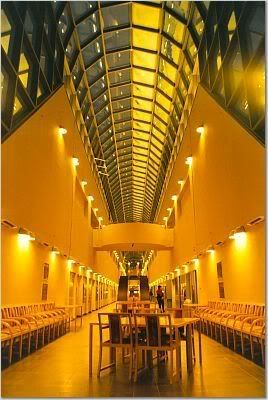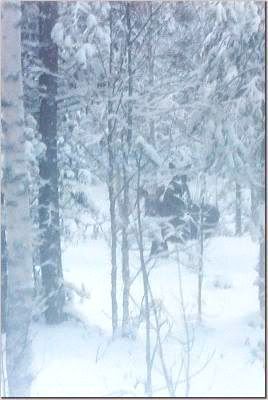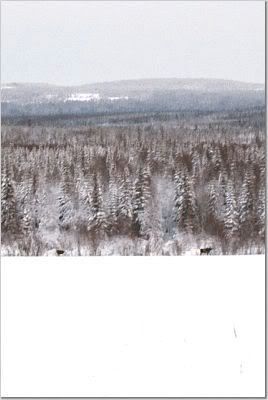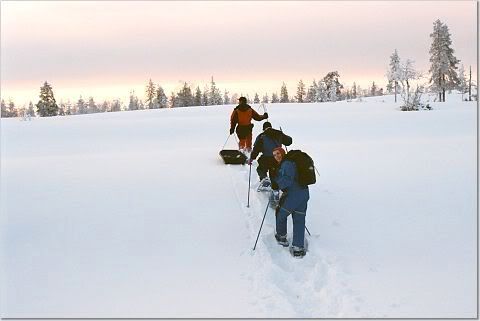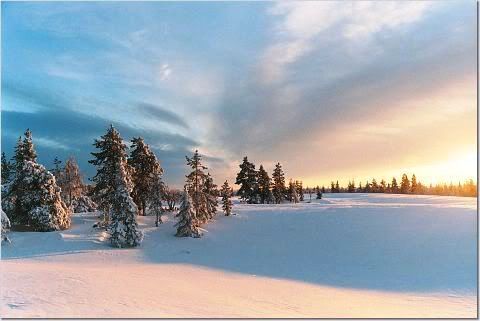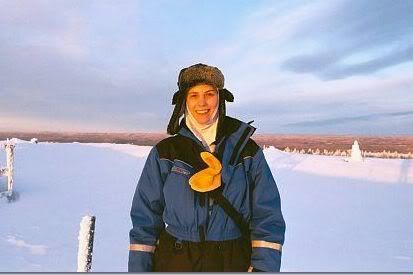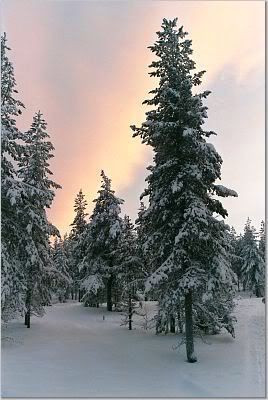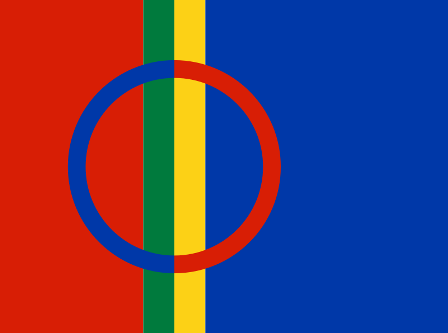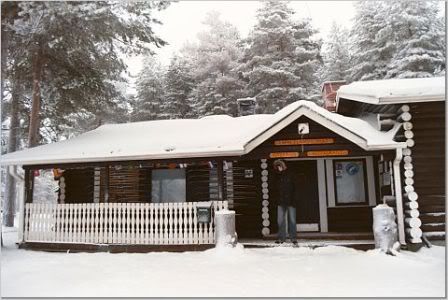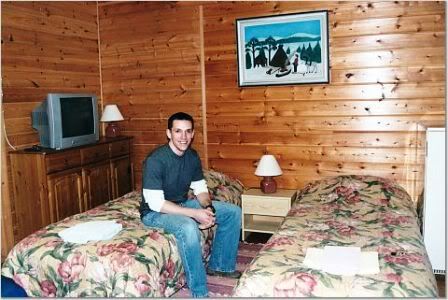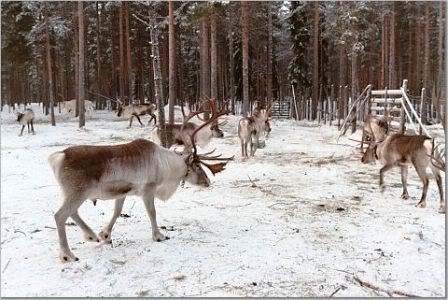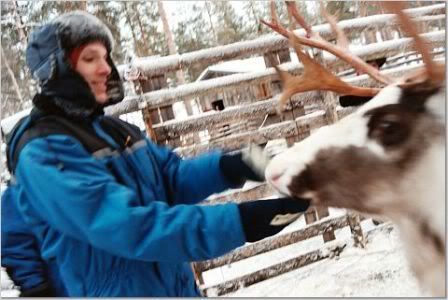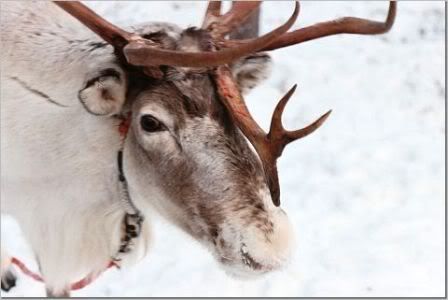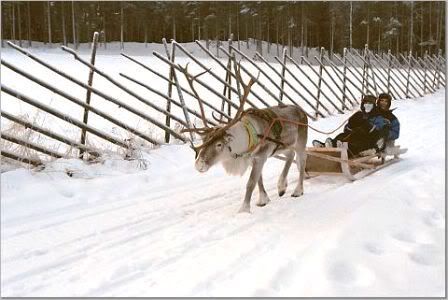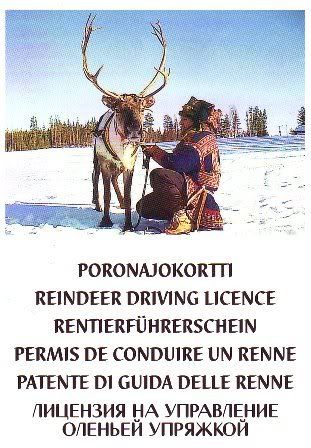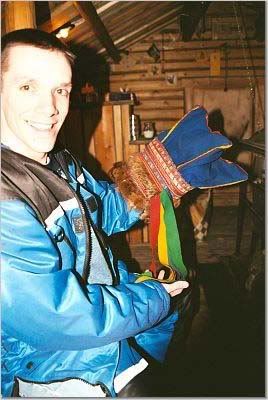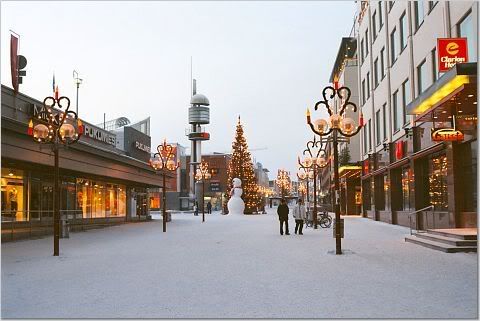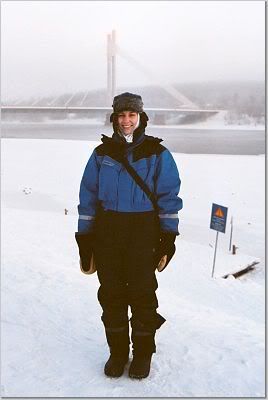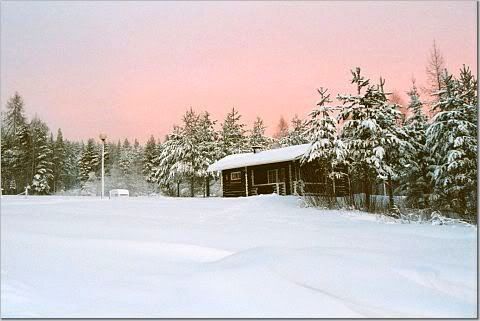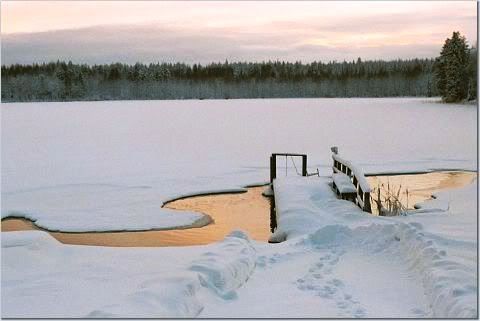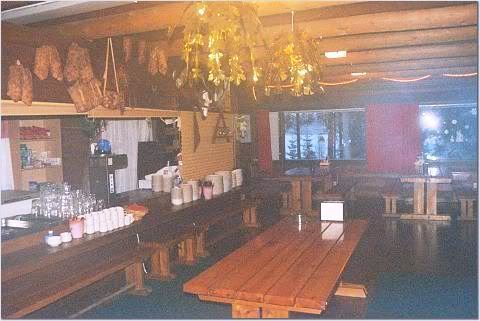Pet Peeve: Souvenirs.
Jonathan and I just got back from a trip to Tallinn and had a fabulous time. As usual when one goes somewhere, I wanted something to commemorate the trip. Something besides photos... something I could keep around and once in a while get out and say, "Gee honey, remember that great trip to Tallinn?"
Now, I know I am not the first, nor will I be the last, to express this sentiment. Hence the invention of souvenir shops. But since when are souvenir shops entirely filled with crap? Or have they been that way all along and I've just now started to notice?
I'm not talking about your traditional, right-smack-in-the-tourist-section, postcard-and-snowglobe type souvenir shop. Of COURSE those are full of crap. I avoid those whenever possible, or at the very least, don't go in them expecting to find anything nice.
I'm talking about the places where you used to be able to get something authentic and useful. Something that looks like what people there traditionally used. Say, an interesting wooden bowl or stone tray. It turns out either of those things are impossible to find.
Tallinn, Estonia has been a thriving center of trade since at least the 13th century, if not earlier. Are you telling me no one used bowls there for the last 800 years? Is there no proud tradition of bowl making? The entire town sits on a big rocky outcrop and they are known for their abundance of granite. Have they never made plates or trays out of said granite?
Apparently whatever material they traditionally used to make bowls has been replaced by chunky white ceramic with primary-colored houses painted on it that vaguely look like the cityscape. And just incase that doesn't jog your memory, they say conveniently say "TALLINN" on them in giant letters. Yeah, I'm sure that's what Estonians have been using in their kitchens for generations.
I don't want kitsch in my house. I don't want knick-knacks everywhere. I just want something I can use that also has a story behind it.
There were many shops in Tallinn that were supposed to be galleries of local artists. We thought maybe we could find something in there. Many of them had pretty pieces; but nothing about them was practical or unique to the area. They had strangely-shaped glass vases and bizarre jewelry... and it looked exactly like the vases and jewelry in galleries in San Francisco or North Carolina or Sweden or wherever. Pretty, yes, but distinctly modern and decidedly generic. If we bought anything there, we'd never be able to remember where it came from.
"Say, that's a beautiful candle holder you have there. Where'd you get it?"
"Oh, thanks! We got it in... uh... hm. Honey, do you remember?"
"Sure, we bought that while visiting your grandma."
"Are you sure? Didn't we get this in Moscow?"
"Come to think of it, it has a kind of Italian look to it... I think..."
Yeah. That just wouldn't do.
For a moment we considered getting something linen. There are linen shops all over Tallinn. They do have some nice things (mixed in with some utterly hideous things), but we've already sort of OD'd on linen. Besides already getting all the tablecloths and placemats and napkins we could ever need at our wedding, we purchased even more here already. Linen and wool are pretty popular in the Baltics and Scandinavia. Practical? Perhaps, if we didn't already own it. Distinctive? Well, to the region, but certainly not to the city or even the country. Close but no cigar.
At least linen actually IS from the region. Even more disturbing than the overflow of generic kitsch was the wide selection of memorabilia that isn't Estonian at all. Such as the distinctly Norwegian sweaters. Yes, Estonians wear sweaters too, but they've never used those little silver clips. And perhaps Estonia would do trade with Norway back in the day, but they weren't known to adapt the styles of their culture. At least not until the late 90s when tourism picked up. Even more disturbing is the prevelance of matroishkas, icons, and various other Russian paraphernalia. Okay, I know that Estonia was controlled by Russia for 60 years and that a large portion of Estonia's population is still Russian. But after reclaiming their independence, Estonia worked very hard to wash their culture of all things Russian. Lenin statues were destroyed, buildings were torn down. Propaganda was taken away; Estonia flags started to fly proudly; museums about the occupation were erected. Why then, after all this, would they be okay with making a quick buck off an uneducated tourist who thinks nesting dolls are a local tradition, or that Estonians are a genetic sub-title to Soviets instead of being a people of their own whose closest ties are actually to Finns? Sure, maybe have one Russian shop to acknowledge that part of your history and to not deny your citizens who have Russian heritage. But don't dedicate a bigger part of your souvenir shops to Russian crafts than to your own.
Not to suggest that these problems are unique to or the fault of Estonians. Anywhere in the world you go, people are selling total crap. Obviously SOMEONE'S buying it, or it wouldn't get sold in such massive quantities.
I considered starting a collection of something instead of trying for practicality. I know many people who get one of something from wherever they go. No harm done in having your one thing from each place and keep it all organized for display. I know people who collect thimbles, shot glasses, spoons, magnets, etc. But I've already been to too many places to start doing that now. I'd have to backtrack to pick up stuff from the last 15 states/cities/countries I've been to.
No, in the end it seems I am doomed to having just my photos to jog my memory. God knows it's not from lack of trying. We must've been in 40 galleries/souvenir shops/craft stores/old book stores during the last four days, with nothing to show for it.
I think now I'm going to order one of those rustic-style bowls from Crate & Barrel, and should you ever ask where it came from, I'll lie.
"Oh, that? We got it in Estonia. Proud bowl-making tradition there, fine craftsmen. Would you like to see the pictures from our trip?"
